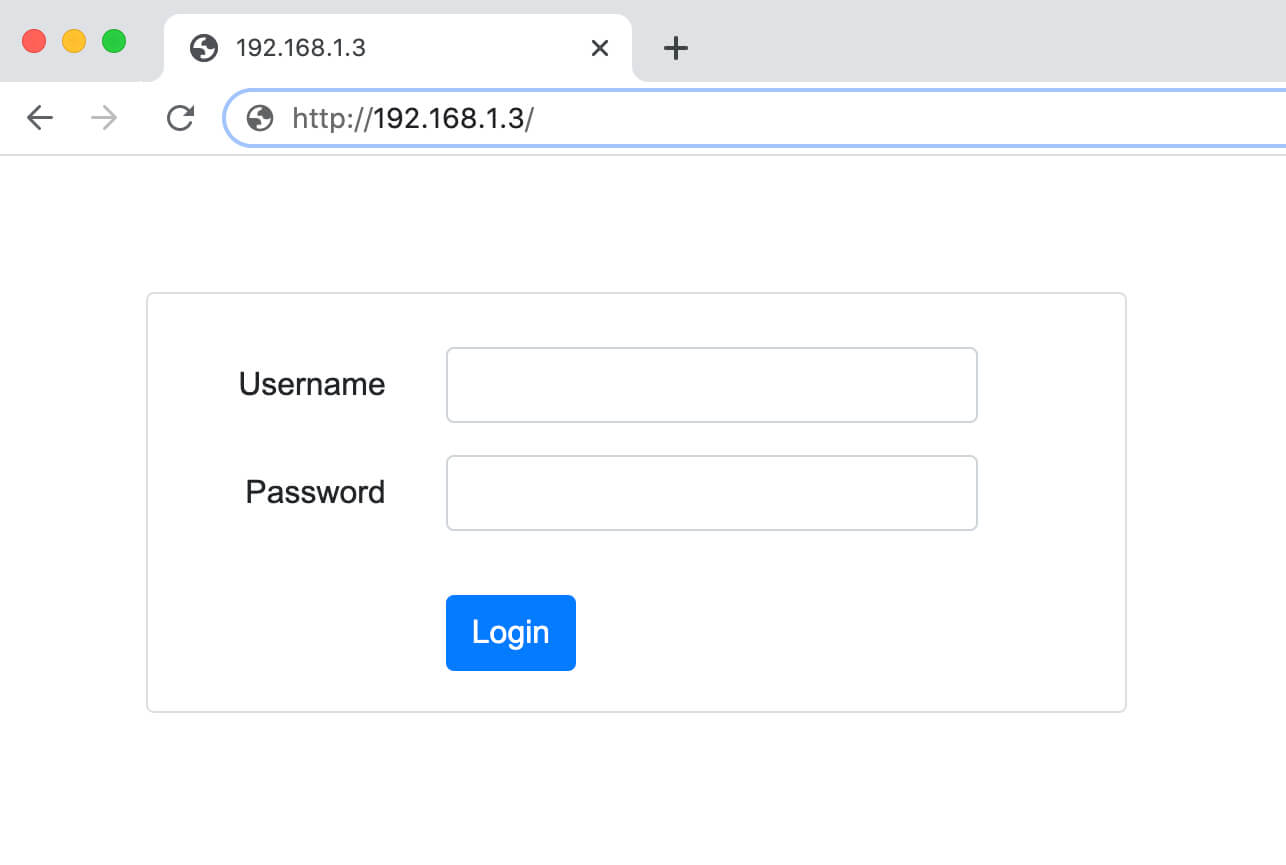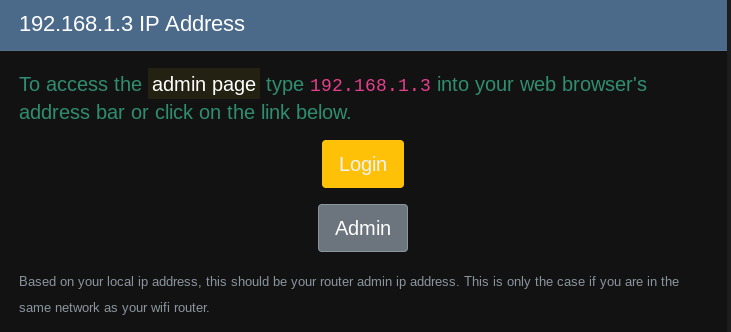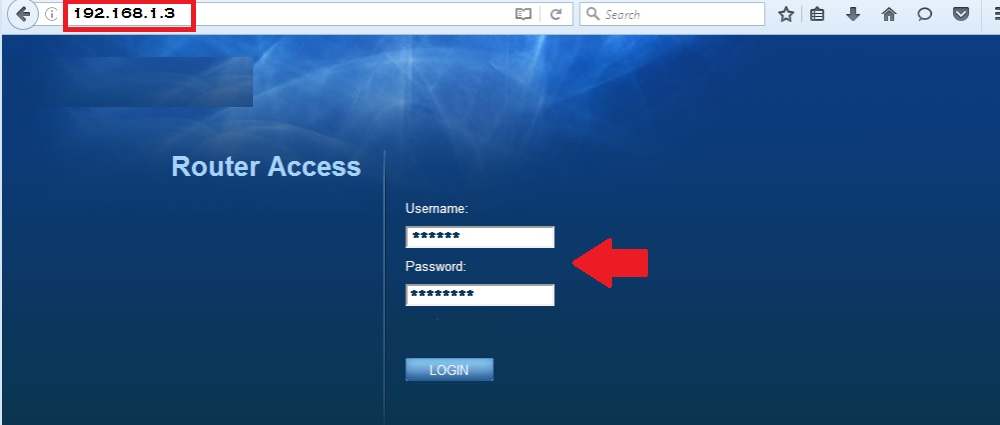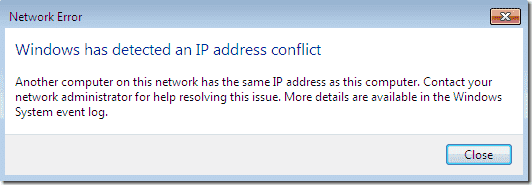A router is a networking device working on the three layers (physical layer, data link layer, network layer) of the OSI (Open Source Interconnection) model. A router is usually termed as an intelligent device. One can use 192.168.1.3 router for forwarding the datagrams between the computer networks over the Internet, i.e. it connects two or more computer networks.
These networks can be heterogeneous which means there can be a difference in their characteristics such as the topologies, addressing, frame sizes, transmission rates, etc. A router determines the best possible transmission path from the several available.
NOTE: – Always type correct IP address in your browser i.e. “192.168.1.3” Most of the times we end up typing wrong IP such as 192.168.l.3, 192.168 3, 192.168.l.l3, 192.168.3., 192 168 3000, 192.168..1.3, www.192.168.1.3, 192168.1 3, 192.168.l.20, 192.168.l.10, 192.168.l0.l
On the Internet, each of computer (host) is identified by a unique number (32-bit) known as the IP address. Thus, each datagram traveling across the network needs to have the IP address of both the sender and the recipient. Basically, to send any information, the sender needs to know the IP address of the recipient.
An IP address has three parts – class, prefix (network number) ad suffix (host number). There are two versions for IP addresses one is IPv4, and another is IPv6. The length of the IP address for IPv4 is 32 bits, whereas for IPv6 is 128 bits.
Check Out Other Common IP Addresses:
Table of Contents
Who Decides the IP?
IANA (Internet Assigned Number Authority) assigns the IP address prefix to the ISP (Internet Service Provider), which allocates the host number to various users. Thus, the IP addresses are never duplicated. Conceptually speaking, the IANA is the wholesaler and ISP is the retailer of the IP addresses.
There are three primary classes for the IP address, namely A, B, and C, each of them having a different number of bits for the network and the host. Class D is used for multicasting. Class E is reserved for future use. The range IP address for the class is from 0 to 127. Class B starts from 128 and ends on 191. C Class range is from 192 to 223. Class D starts from 224 and ends up on 239. Class E range is from 240 to 255.
About IP 192.168.1.3
There are three blocks of private IP address, namely – 10.0.0.0 to 10.255.255.255 (class A), 172.16.0.0 to 172.31.255.255 (class B). There is a range of IP address that can be used for private network, one of them is 192.168.0.0 to 192.168.255.255 (class C).
The IP address given to your host by the router would be in the range of 192.168.1.x. The way to check your machine’s IP address is to type – the ipconfig command in the command prompt. Thus 192.18.x.x is an IP address of the private network for class C.
Most networks assign private IP addresses dynamically using DHCP. In other words an attempt to assign 192.18.1.3 manually, i.e., it would be a static assignment of the IP address. In many scenarios, such manual assignment is not appropriate to avoid the possibility of IP conflicts/clashes.
Since 192.168.1.3 is a popular private IP address, it is available by default in the DHCP pool; therefore, many home network routers do not tend to check whether the IP address has been assigned previously or not; before automatically assigning the IP address to the clients.
Probably if such event occurs the worst scenario would be that two devices are getting the same IP address – 192.168.1.3 on the Internet, as a result, it would lead to the failure of the connection to both devices.
Login into 192.168.1.3
- Open the web browser. Type 192.168.1.3 in the address bar of your browser.
2.You will be redirected to the Access Router Panel.
3. Enter the default credentials (username and password).
4. Navigate to Settings, then configure your network devices as per your choice.
5. Better change the default settings in order to avoid clashes with the other IP address.
Change the Password of Router
The key to any router is its security. So it is advised to change the password of a router for security purposes. Follow these easy steps
- Go to the web browser and open the routers configuration page.
- If step 1 fails then, open your command prompt type in “ipconfig” command and look for the default gateway address. This will be your router’s address.
- Go to the settings.
- Change your password. Make sure it is unique. It should be a combination of alphanumericals and special symbols.
- Remember the password.
FAQs
Where is the default IP address?
Go to the notification section and select the 'network icon.' You can either select 'Connection Information' or 'Network Settings.' List your router's IP address next to 'Default Router'' or 'Gateway.'
What is the router ID by default?
If the router contains loopback interfaces, the IP address set on the Layer 3 switch's lowest-numbered loopback interface is the router ID by default. The default router ID, for instance, is 10.9 if you set up loopback interfaces 1, 2, and 3 as follows.
How do I modify the password for 192.168.O.1.254?
You will be taken to the administrator dashboard, where you can alter the username and password after entering the default username and secret key. Go to Router Admin > Advanced Settings > Change Password. Enter the previous login credentials along with the new one and spare.
What is the password and user ID for the router?
Obtain your router's default username and password. It also mentions in the Router Handbook or Manual. The most frequent default login credentials are, respectively, admin and password.
Conclusion
Thus, the private IP address of class C is as above. Private IP addresses are for the host within the private network with having the exposure to Internet. Supposing you may want to the various gadgets to make use of private address then the router will be having the public address and each of the computer, the DHCP will assign tablet and mobile phone a private address.
The major advantage of the 192.168.1.3 private address is that it cannot be connected from the outside network which is not the case with public IP addresses which can be accessed over the Internet. One can assign manually or else it can be automatic by the DHCP. The steps to connect is also being stated. Always make sure that you have proper internet capability.
The admin page is the most crucial step of the procedure, as it is the page of utmost importance since the admin is the one having the permission of changing the credentials. Keeping the default IP addresses is not safe, so it is better to replace it.

Learn everything that is related to Router Login, IP Addresses in an extremely simple way. Also get access to all the usernames and passwords of different routers.






